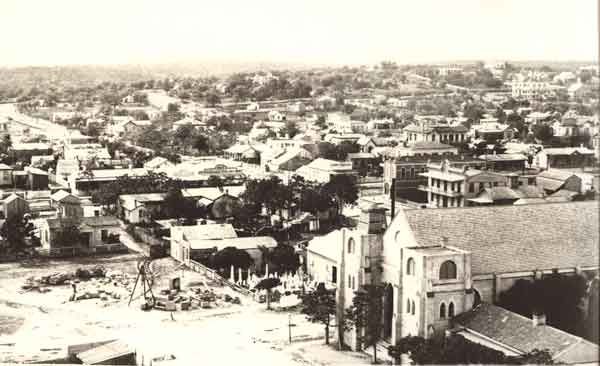In about 1835 Thomas Jefferson Chambers, superior judge of the superior judicial court of Texas of the Mexican state of Coahuila and Texas, was granted land, including this area, for his services. Unfortunately because of the disorder resulting from the move of the capital to Monclova from Satillo, he was never able to organize the court and assume his duties.
Chambers not only accepted the grant from the Mexican government, but as an active participant in events leading up to the Texas Revolution, he promptly proposed to the provisional government that it be used as security to recruit soldiers and buy material. Some of the land, including portions of this neighborhood, was subsequently granted to James C. Rogers, Josiah G. Dunne and Jacob M. Harrell.
In 1839, the Congress of the Republic of Texas condemned the land surrounding the village of Waterloo, offering grantholders land elsewhere in Texas as compensation. The City of Austin was founded when sovereignty and initial ownerships were established.
William H. Sandusky's map of 1840 shows that all land in the Judges Hill Neighborhood had been patented or sold for the first time to eight owners. Sandusky's map shows Magnolia (MLK), West, San Gabriel (unnamed), Linden (17th and as yet unnamed) and North (15th) Streets, with Magnolia and North Streets ending at Shoal Creek.
In 1851, Elijah Sterling Clack Robertson built the Judges Hill Neighborhood's first home near the corner of 18th and San Gabriel. The house was subsequently demolished in 1966. Judge Robertson was the first among the neighborhood resident judges and attorneys who earned the area the name of Judges Hill.
Read a full History of Judges Hill written by Phoebe Allen.
The undated photo below was taken from the capital and shows Judges Hill in the upper right.

View a larger version of this image.